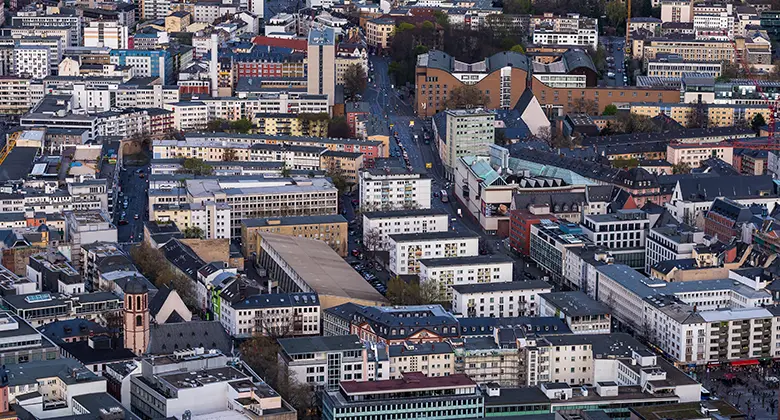Scottish Perspective on the Housing Market, May 2023: The inflation in house prices for the UK has been documented at +1.9% over the past year, with 11% of property listings having previously been let out for rent. However, in Scotland, the trend shows a much more vigorous market activity compared to other regions.
Key Observations:
While the UK has seen a 1.3% fall in house prices over the last six months, Scotland has shown resilience with increased market activity. Encouragingly, the Scottish housing market has demonstrated an influx of sellers due to the increase in new sales.
This sustained activity in Scotland outperforms several other regions, including Midlands and southern England, where demand has been weak, although sales have managed to hold steady. Despite the overarching UK trend of property price depreciation, the Scottish market strength can be partly explained by the balance between recent price inflation and housing affordability. Commenting on the mortgage scenario, Richard Donnell, Executive Director of Research, has suggested that the decrease in mortgage rates during first half of 2023 has spurred increased market activity. However, to control inflation, interest rates might need to rise, which would, in turn, elevate mortgage rates and potentially lead to a weakening demand and reduced market activity in the second half of 2023.
While the rate of house price falls has slowed in recent months, the Scottish market has performed admirably, possibly due to buyer confidence improvements in response to falling mortgage rates and a robust labor market. This upward trend in new sales over the past four weeks is 11% higher than the five-year average for the same period, which is a positive sign for sellers in the Scottish market. Despite the challenges, the Scottish housing market shows promise and resilience. Sellers must, however, remain realistic with pricing strategies to attract buyer interest, given the overall UK trends. Nevertheless, Scotland robust demand and new sales activity are a beacon of optimism amid the broader UK housing market landscape.
Moving forward, the potential increase in mortgage rates in the second half of 2023 could affect market activity. If mortgage rates rise above 5%, it could impact purchasing power and apply downward pressure on house prices. This could be particularly important for Scottish homebuyers, and market stakeholders should keep an eye on financial markets for indications of short-term interest rates.
To conclude, the vibrancy of the Scottish housing market in the first half of 2023 may encounter some headwinds in the latter half of the year due to potential increases in borrowing costs. Regardless, the resilience shown thus far signals that Scotland housing market remains a dynamic environment for both buyers and sellers.


